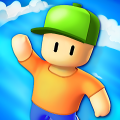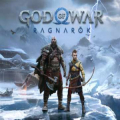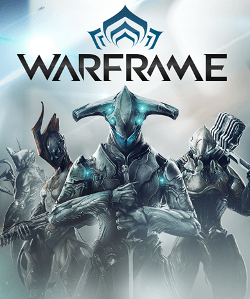Dragon Quest VII Reimagined: A Classic RPG Reborn for a New Generation
Popular Now
 Auto X Drift Racing 3
Auto X Drift Racing 3
 Toca Boca World
Toca Boca World
 Rust
Rust
 Fortnite
Fortnite
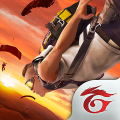 Garena Free Fire: Kalahari
Garena Free Fire: Kalahari
 Among Us
Among Us
 Valorant
Valorant
 Poppy Playtime
Poppy Playtime
 NBA 2K24
NBA 2K24
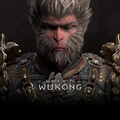 Black Myth: Wukong
Black Myth: Wukong
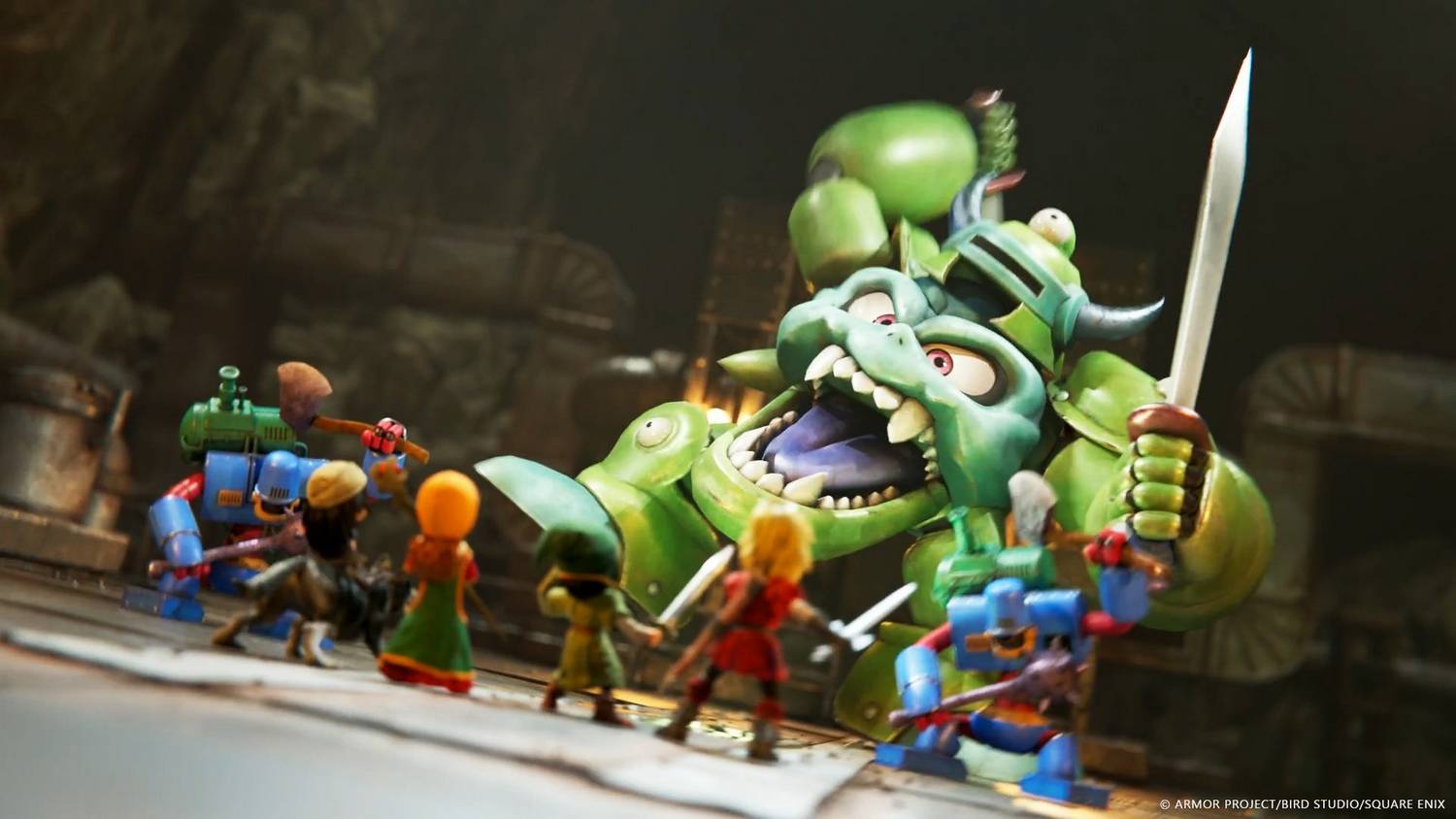 The highly anticipated remake of the PlayStation classic, Dragon Quest VII: Fragments of the Forgotten Past, is officially on the way. Dubbed Dragon Quest VII Reimagined, this new version is a complete overhaul of the original, rebuilt from the ground up to deliver a fresh experience for both newcomers and seasoned adventurers. With a global release date set for February 5, 2026, across multiple platforms, Square Enix has revealed a host of new details about the game’s visuals, story, characters, and battle system. This guide breaks down everything you need to know about the upcoming journey to restore a forgotten world.
The highly anticipated remake of the PlayStation classic, Dragon Quest VII: Fragments of the Forgotten Past, is officially on the way. Dubbed Dragon Quest VII Reimagined, this new version is a complete overhaul of the original, rebuilt from the ground up to deliver a fresh experience for both newcomers and seasoned adventurers. With a global release date set for February 5, 2026, across multiple platforms, Square Enix has revealed a host of new details about the game’s visuals, story, characters, and battle system. This guide breaks down everything you need to know about the upcoming journey to restore a forgotten world.
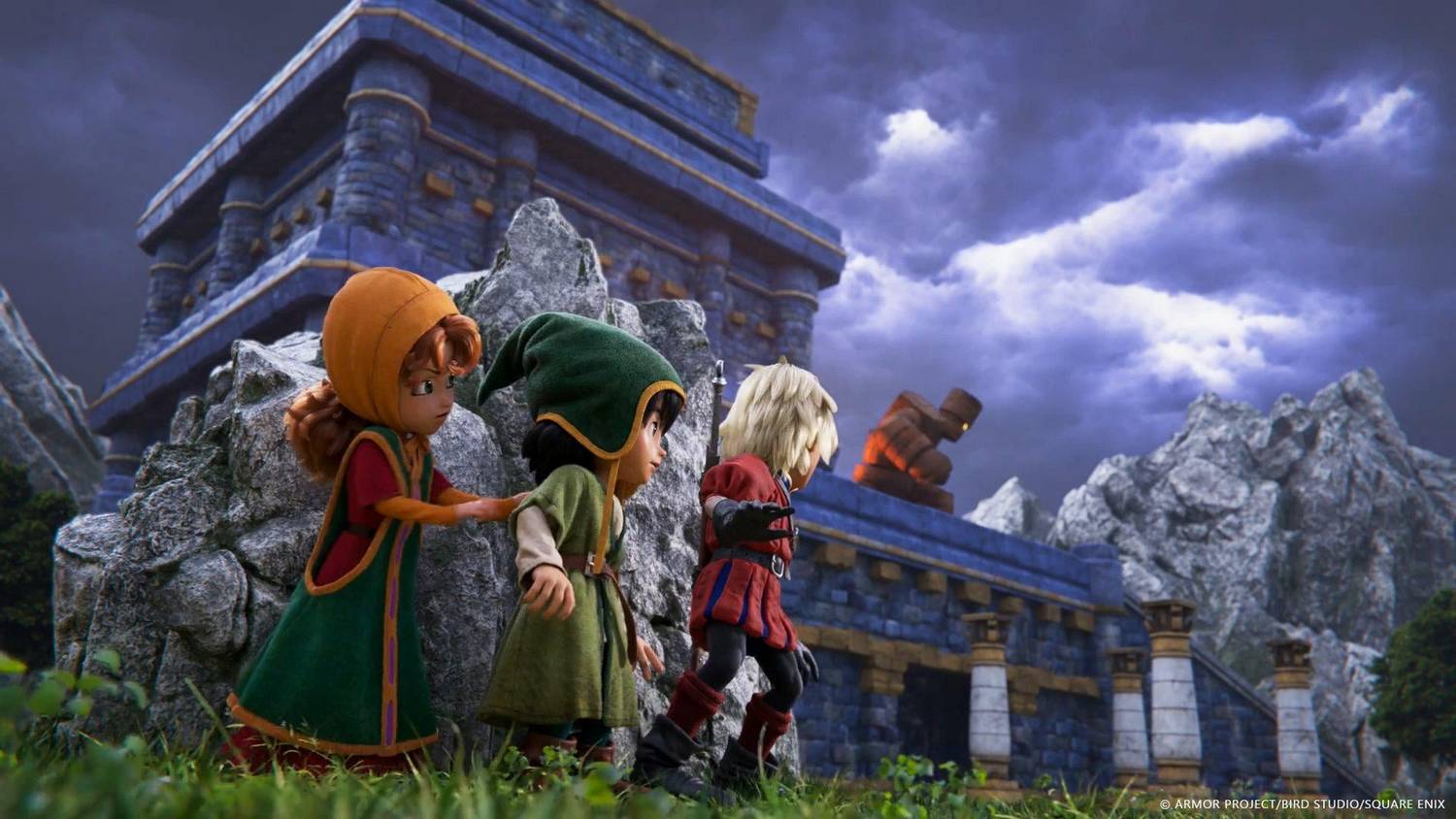 Visuals: A Handcrafted, Diorama World
Visuals: A Handcrafted, Diorama World
One of the most striking changes in Dragon Quest VII Reimagined is its bold new art style. Unlike the HD-2D approach of the Dragon Quest III remake, this game has adopted a unique “handcrafted” aesthetic. The character models, designed by legendary artist Akira Toriyama, have been reimagined into charming 3D figures that resemble miniature dolls. According to the developers, physical dolls were even created and scanned to serve as the basis for the in-game models, a testament to the level of care and detail put into the project. The environments, towns, and dungeons complement this style, creating a beautiful diorama-like world that feels like a living storybook. This new aesthetic not only gives the game a fresh and cohesive look but also helps to streamline the adventure by reducing travel distances, making the famously long journey more accessible without losing its sense of scale.
Story and Features: A Streamlined Narrative
The core narrative of Dragon Quest VII remains intact: the fate of the world rests in the hands of a young hero from the secluded island of Estard. He and his friends must journey through time, collecting mysterious stone fragments to restore long-lost islands and uncover why theirs is the only one left. However, the game’s producer, Takeshi Ichikawa, has confirmed that the story has been “significantly streamlined” for this remake. Unnecessary subplots have been removed, while new scenarios have been added to create a more compelling and accessible experience for a modern audience. The overarching story is still told through a series of vignettes, with each restored island presenting its own unique challenge and narrative. The remake also includes a host of quality-of-life improvements, such as a redesigned tab-based menu system, and new side content, including a battle arena with formidable foes from the Erdrick Trilogy.
Characters: A Familiar Cast Reborn
The main cast of characters, designed by Akira Toriyama, has been brought to life with full voice acting and a new level of emotional depth. The core party includes:
- The Protagonist: A boy from a fishing village who is thrust into an epic adventure.
- Kiefer: The prince of Estard, a proactive and inquisitive friend of the hero.
- Maribel: The sharp-witted daughter of a village mayor.
- Ruff: A cheerful boy with an affinity for animals.
- Aishe: A Roamer warrior devoted to the Earth Spirit.
- Sir Mervyn: A seasoned knight who once fought alongside the Almighty.
The new art style and enhanced storytelling are designed to highlight the bonds between these characters, making their journey more impactful and memorable for both new and returning players. The game also features a variety of other unique allies and enemies, all lovingly recreated in the new art style.
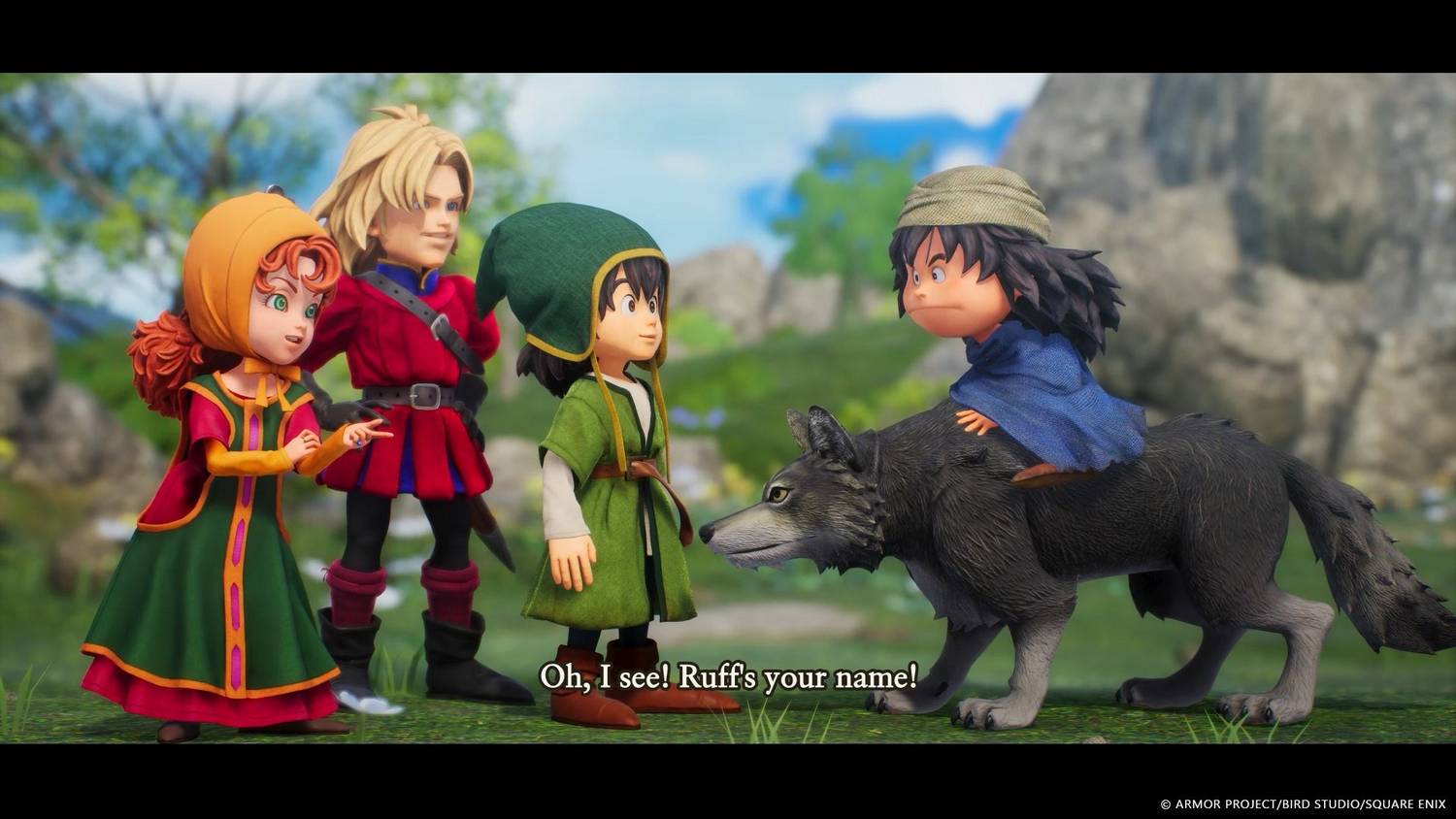 Battle System: Classic Combat, Modernized
Battle System: Classic Combat, Modernized
The turn-based combat system of Dragon Quest VII has been overhauled with a number of significant changes. While the core mechanics remain the same, the pace of battles can now be adjusted, and an auto-battle feature is available to speed up encounters. On-screen monsters have replaced random encounters, allowing players to strategically initiate or avoid battles. Weaker foes can even be defeated instantly by striking them in the field, keeping the flow of exploration brisk and engaging. The game’s iconic Vocation system has been completely reworked, giving players more strategic freedom. A new Moonlighting mechanic allows characters to have two vocations at once, giving them access to the skills and spells from both. Additionally, each vocation now has a unique perk that can be activated when a character becomes “worked up” in battle, providing a powerful advantage at a critical moment. These changes, along with the return of minigames like the Lucky Panel, ensure that the battle system is more dynamic and enjoyable than ever before.
With its stunning new visuals, streamlined narrative, and modernized gameplay, Dragon Quest VII Reimagined promises to be a definitive version of a beloved classic. It’s a game designed to honor the legacy of the original while making it more accessible to a global audience. The countdown to February 5, 2026, has begun, and fans are eagerly awaiting their chance to journey through time and restore a world once thought to be lost.
